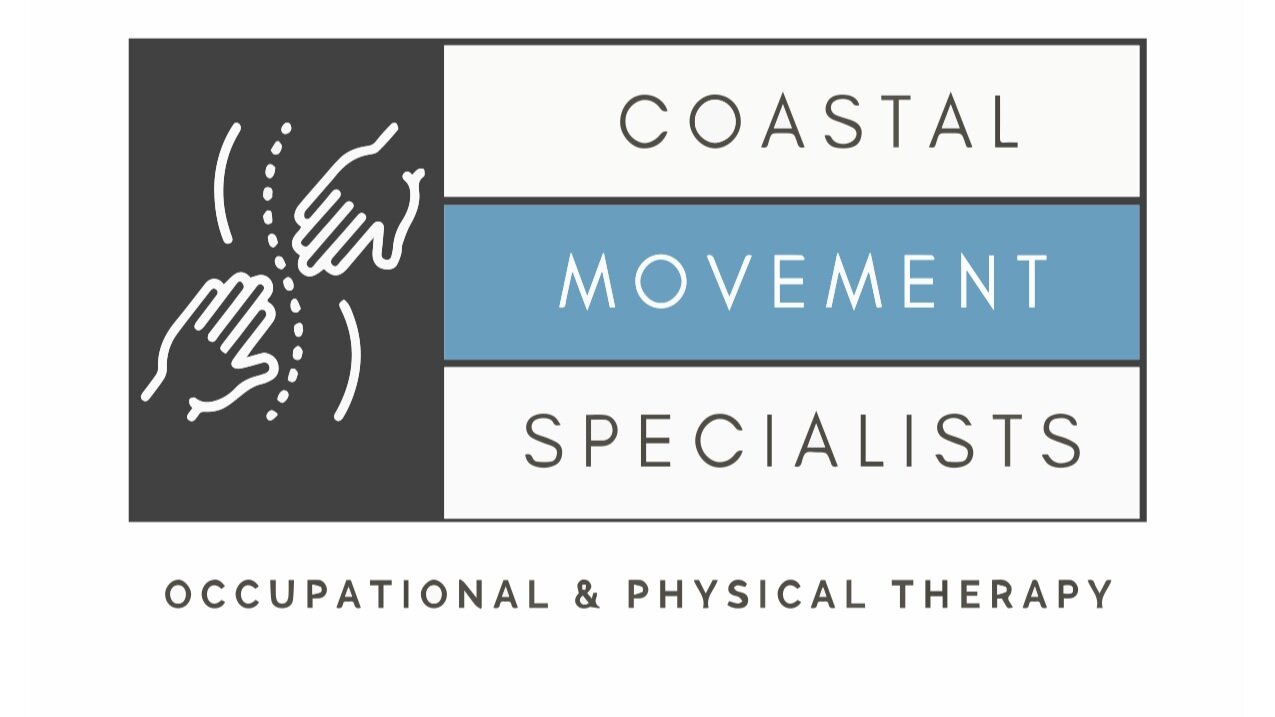Physical Therapy and Occupational Therapy for Golfer’s/Tennis Elbow Charleston, SC
Almost every movement you make with your upper body involves your elbow joints. Many activities such as playing golf or tennis require repeated elbow motion, leading to pain and other symptoms. But golf and tennis players aren’t the only ones who place repetitive strain on the elbow joint. Gardening, painting, lifting weights, and many other activities can cause elbow pain known as golfer’s or tennis elbow.
Learn more below and contact us today to schedule an appointment with one of our physical therapists at Coastal Movement Specialists.
+ Differences Between Golfer’s and Tennis Elbow
Both conditions can cause moderate to severe pain and limit the use of your lower arm. Golfer’s elbow and tennis elbow both affect the tendons that attach your forearm muscles to the bones of your elbow joint. The difference between the two conditions is the location of your problem. Tennis elbow causes pain on the outer side and golfer’s elbow on the inner side of the joint.
+ What Is Golfer’s Elbow?
Golfer’s elbow is painful tendonitis of the inner elbow known as medial epicondylitis. Although golfers experience this condition frequently, it can affect anyone who uses their hands and lower arms for work or recreation.
+ Symptoms of Golfer’s Elbow
If you have golfer’s elbow, you can experience several symptoms, such as:
• Pain on the inner bump, or “funny bone,” of your elbow.
• Pain when clenching your hand to form a fist.
• Stiffness in your elbow.
• Weak hand and wrist.
• Numbness or tingling that radiates to your fingers, especially the little and ring finger.
+ What Is Tennis Elbow?
Tennis elbow is epicondylitis of the outer elbow and is referred to as lateral epicondylitis. It affects a forearm muscle known as the extensor carpi radialis brevis, which extends and moves the hand toward the thumb. Tennis elbow is seen more often than golfer’s elbow.
+ Symptoms of Tennis Elbow
With tennis elbow, you experience pain and tenderness on the outside of your elbow. This pain can travel down your forearm, wrist, and hand to result in a weaker grip. The pain and weakness make it challenging to perform certain everyday activities, such as:
• Grip an object
• Shake hands
• Lift or hold objects
• Twist objects
• Make a fist
• Extend your fingers
• Open a door
+ Causes of Golfer’s and Tennis Elbow
Golfer’s and tennis elbow are caused by any overuse or repetitive motions that involve the tendons of your lower arm, wrist, or hand. The results of repeated force are microscopic tears in the tendons, which cause pain, inflammation, and swelling. The location of such tendonitis determines whether you have golfer’s or tennis elbow.
+ How Physical and Occupational Therapy Can Help
Elbow tendonitis can cause frustration due to the prolonged time to heal and its capacity to limit your activities. We can help you reduce your pain and regain the use of your lower arm, wrist, and hand more quickly with our customized treatment plan. Our physical therapists employ stretching and strengthening exercises that target the muscles and tendons affected by golfer’s and tennis elbow. Your treatment plan may include:
• Functional exercises
• Therapeutic activities and exercises
• Flexibility training
• Strength training
Schedule an Appointment
Located on Johns Island, SC, Coastal Movement Specialists serves the entire Charleston area. Contact us today to schedule an appointment with our experienced physical or occupational therapists.
